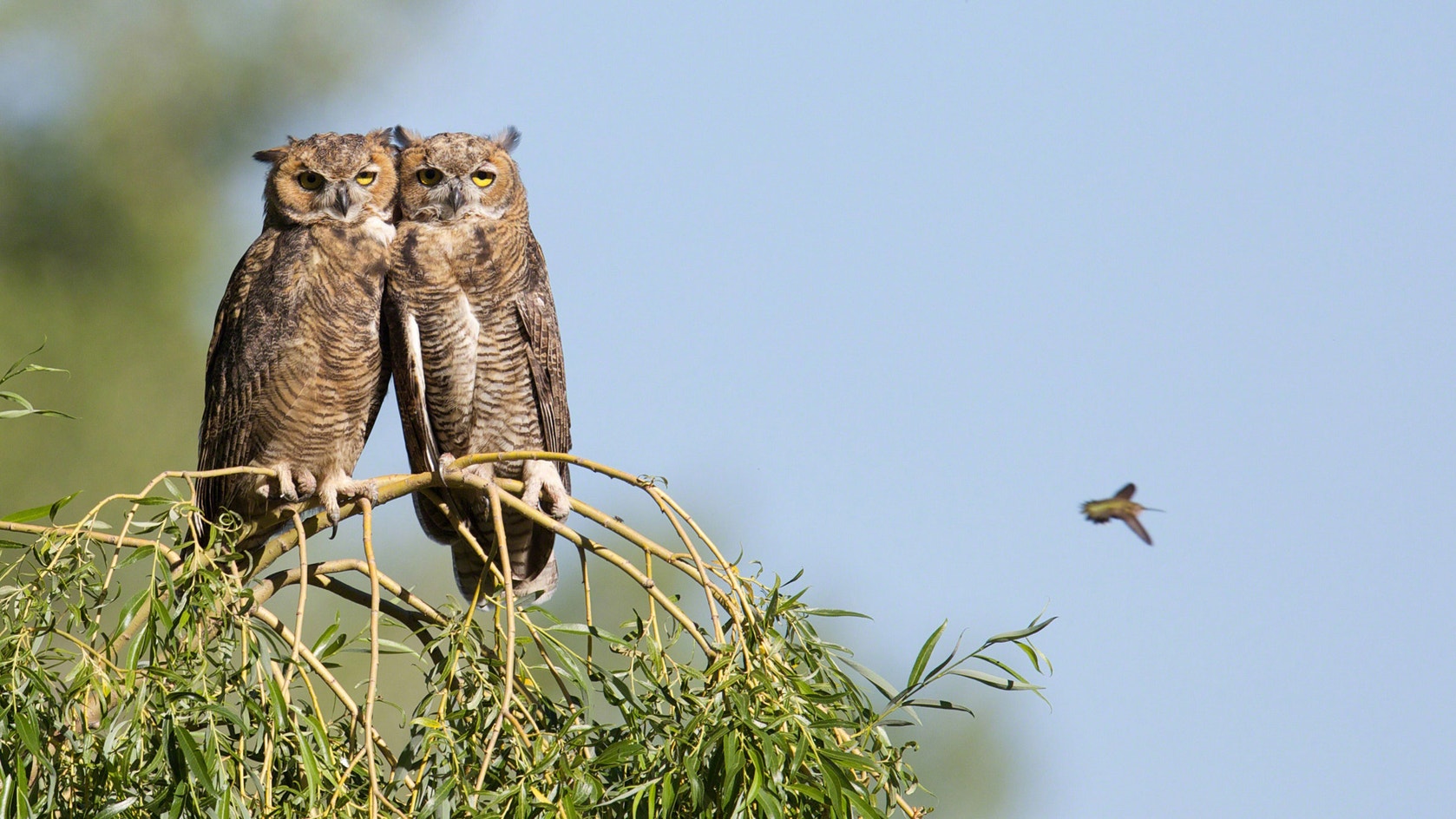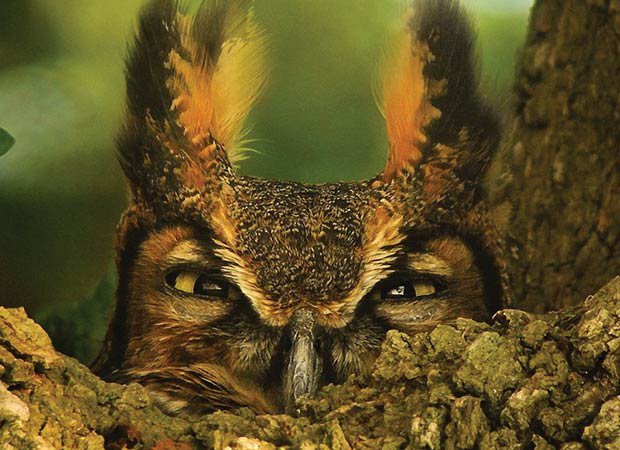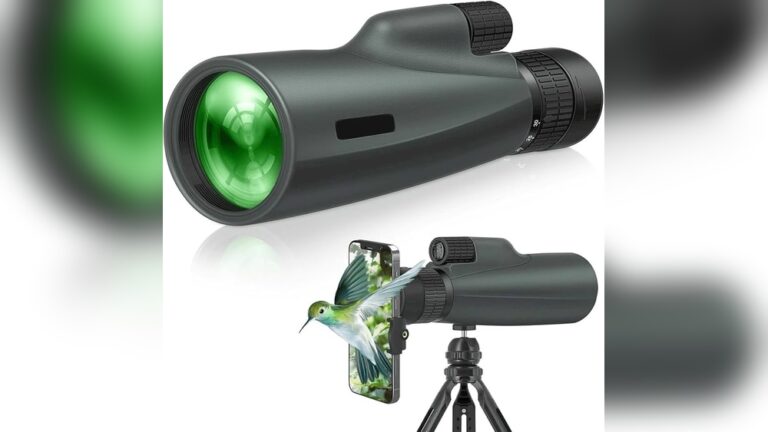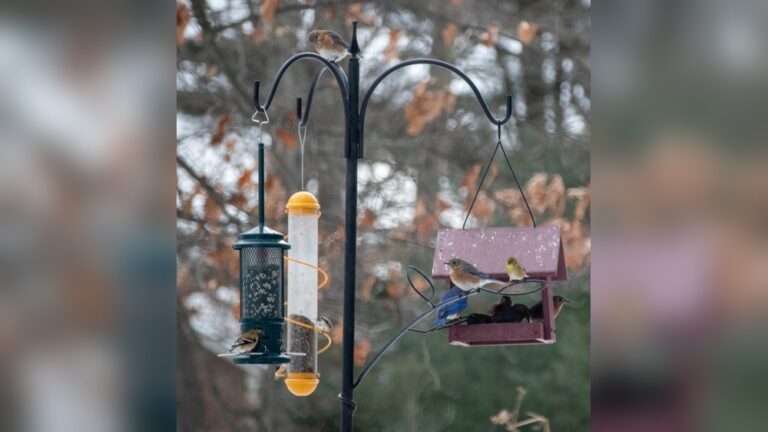What Do Great Horned Owl Eat Their Hunting Secrets
Have you ever wondered what makes the Great Horned Owl such a fierce hunter? These mysterious birds hold secrets that help them catch their prey with incredible skill.
If you want to uncover what they eat and how they hunt so silently and effectively, you’re in the right place. By the end of this article, you’ll see these owls in a whole new light—and maybe even learn a thing or two that could surprise you.
Ready to dive into the hunting secrets of the Great Horned Owl? Let’s get started!
Great Horned Owl Diet
The Great Horned Owl is a powerful hunter with a wide diet. It eats many types of animals. This owl adapts its meals based on what is easy to find. Its strong talons help catch prey quietly at night.
Understanding what these owls eat shows how they survive in many places. Their diet includes mammals, birds, and reptiles. Each food type plays a role in their hunting habits.
Common Prey Species
Small mammals like rabbits and rodents are common prey. Squirrels and rats often appear on their menu. These animals provide good energy and are easy to catch. Great Horned Owls also hunt skunks, using stealth to avoid scent defense.
Seasonal Variations
The diet changes with seasons and prey availability. In winter, rabbits and larger mammals become key targets. Spring brings more birds and young animals. Owls adjust quickly to these changes to stay fed year-round.
Hunting Small Mammals
Small mammals make up a large part of the diet. Owls use sharp hearing to find prey under snow or leaves. They swoop down silently and grab prey with strong claws. Quick strikes reduce the chance of escape.
Birds And Reptiles In Diet
Birds like ducks, doves, and smaller owls are also hunted. Reptiles such as snakes and lizards add variety. These animals provide extra nutrients and help balance the diet. The owl’s sharp beak helps tear tough skin and feathers.

Credit: www.audubon.org
Hunting Techniques
Great Horned Owls have unique hunting techniques that make them skilled predators. Their methods help them catch prey efficiently, even in tough conditions. Understanding these techniques shows why they are such effective hunters.
Nocturnal Hunting Habits
These owls hunt mostly at night. Darkness gives them a big advantage. Their eyes can see well in low light. This helps them spot prey that other animals miss. Night hunting also keeps them safe from daytime predators.
Silent Flight Advantage
Their feathers are soft and specially shaped. This allows silent flight. They can glide close to prey without making noise. Silence helps them surprise their targets. Quiet movement is key to a successful hunt.
Using Sharp Talons
Great Horned Owls have strong, sharp talons. These help them grab and hold prey tightly. Their grip is powerful enough to catch animals bigger than themselves. Talons are their main tools for killing prey quickly.
Ambush And Surprise Attacks
They often wait patiently before attacking. Hiding in trees or bushes, they watch for the right moment. Then, they swoop down fast to catch prey off guard. This surprise makes it hard for prey to escape.
Sensory Adaptations
Great Horned Owls rely on special senses to hunt well at night. Their bodies are built to detect prey even in the dark. These sensory adaptations help them find food quietly and quickly.
Exceptional Night Vision
Great Horned Owls can see very well in low light. Their eyes have many rod cells that detect faint light. This lets them spot small animals in the dark. Their large eyes gather more light than human eyes do. This sharp vision helps them hunt after sunset.
Sensitive Hearing
The owl’s ears are very good at hearing soft sounds. They can hear tiny movements made by mice or rabbits. Their ears are placed unevenly on their heads. This helps them know exactly where a sound comes from. Sensitive hearing guides them to prey even under leaves or snow.
Facial Disk Role
The owl’s face has a special shape called a facial disk. It works like a satellite dish for sound. The disk collects sounds and sends them to the ears. This boosts their hearing power. It also helps the owl focus on quiet noises around them.

Credit: www.smliv.com
Habitat And Hunting Grounds
The great horned owl lives in many places. These owls choose spots that help them hunt well. They need trees for resting and open spaces to spot prey. Their habitat plays a big role in their hunting success.
Understanding where these owls hunt shows how they catch their food. Their choice of hunting grounds depends on safety and food availability. These areas help them use their sharp eyesight and silent flight.
Preferred Hunting Locations
Great horned owls like forests with clearings. They hunt near fields and rivers. Open areas make it easy to see animals moving. They often perch on tall trees or poles. From there, they watch quietly and swoop down fast.
These owls avoid dense forests with thick leaves. They prefer places with enough space to fly freely. Hunting near water helps catch frogs and fish. Their range covers many habitats, from deserts to mountains.
Adapting To Urban Areas
Great horned owls can live near cities. They find parks, cemeteries, and large yards good for hunting. These places have small mammals like rats and rabbits. Owls use streetlights to spot prey at night.
Urban areas offer new challenges and food choices. Owls adjust their hunting times to avoid people. They become more active during quiet hours. This flexibility helps them survive in changing environments.
Impact On Ecosystem
The great horned owl plays a key role in nature. Its hunting habits help keep the ecosystem healthy and balanced. These owls eat many animals, affecting different parts of the environment. Their impact reaches far beyond just catching prey.
By controlling certain animal populations, great horned owls help maintain order. Their presence influences the numbers of rodents and other small creatures. This control keeps the food chain stable and supports many other species.
Controlling Rodent Populations
Great horned owls mainly hunt rodents like mice and rats. These animals can multiply quickly and cause problems. The owls reduce their numbers by hunting them at night. This natural control helps protect crops and reduces disease risks. Without owls, rodent populations could grow too large and harm the environment.
Balancing Prey Species
Besides rodents, great horned owls eat rabbits, birds, and insects. This variety helps keep all prey species balanced. If one type of animal grows too much, it can hurt plants and other wildlife. The owls’ hunting stops any one species from becoming too common. This balance supports a healthy and diverse ecosystem.

Credit: vt.audubon.org
How Smart Pets Lover Can Help You with What Do Great Horned Owl Eat Their Hunting Secrets
Learning from the Great Horned Owl’s Hunting Secrets
Understanding what great horned owls eat and their remarkable hunting techniques offers more than just wildlife trivia—it opens doors to practical learning for all animal lovers. Their sensory adaptations, like exceptional night vision and silent flight, inspire us to appreciate the incredible ways nature equips creatures to thrive in their habitats. Observing these owls can deepen our awareness of ecosystem balance, reminding us how every predator plays a vital role.
For those passionate about birds or looking to enrich their knowledge, consider exploring local habitats or creating bird-friendly spaces at home. By learning how these owls choose their hunting grounds and prey, pet parents can better understand the natural behaviors of their own pets, especially birds and cats, who share some instincts. At Smart Pets Lover, we believe that every discovery strengthens the bond between humans and animals, fostering responsible care and admiration.
If you’re curious to dive deeper into the fascinating world of great horned owls or want tips on creating a wildlife-friendly environment, reaching out to local wildlife centers or birdwatching groups can be a great start. Embracing these insights helps us connect with nature’s stories, where every chirp and hoot truly tells a tale worth listening to.
Frequently Asked Questions
What Do Great Horned Owls Primarily Eat?
Great Horned Owls mainly eat small mammals like rabbits, rodents, and squirrels. They also hunt birds, reptiles, and insects. Their diet varies by habitat and season, showing their adaptability as predators.
How Do Great Horned Owls Hunt At Night?
They use exceptional night vision and silent flight to locate prey. Their sharp talons and strong beak help catch and kill prey swiftly. These owls rely heavily on stealth and surprise during nighttime hunting.
Can Great Horned Owls Eat Larger Prey?
Yes, they can hunt larger animals like skunks, porcupines, and even other raptors. Their powerful build allows them to tackle surprisingly big prey. This versatility makes them top predators in their ecosystems.
How Often Do Great Horned Owls Need To Eat?
Great Horned Owls typically eat every 2 to 3 days. Their hunting success varies, so they may eat more after a big catch. Their slow metabolism helps them survive periods without food.
Conclusion
Great Horned Owls hunt with skill and surprise. They eat many animals like rabbits, mice, and birds. Their sharp talons help catch prey quickly. Night vision aids in silent hunting in darkness. Understanding their diet shows how they survive in the wild.
These owls play a key role in nature’s balance. Watching them teaches us about patience and strength. Their hunting secrets make them powerful and wise hunters. Nature’s perfect hunters, quietly ruling the night.





